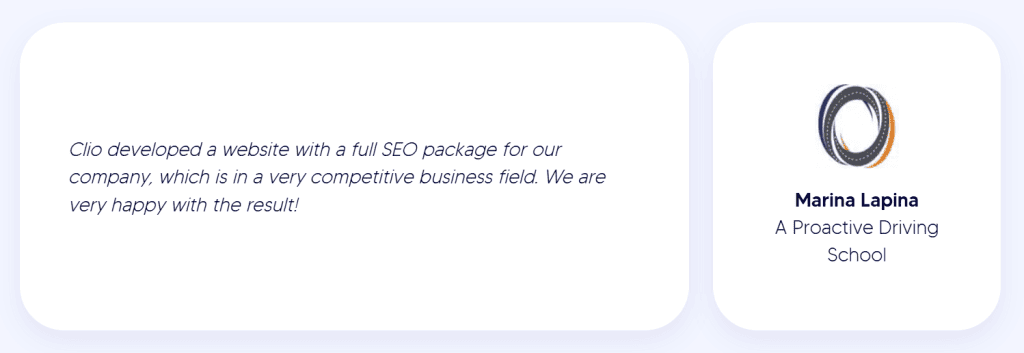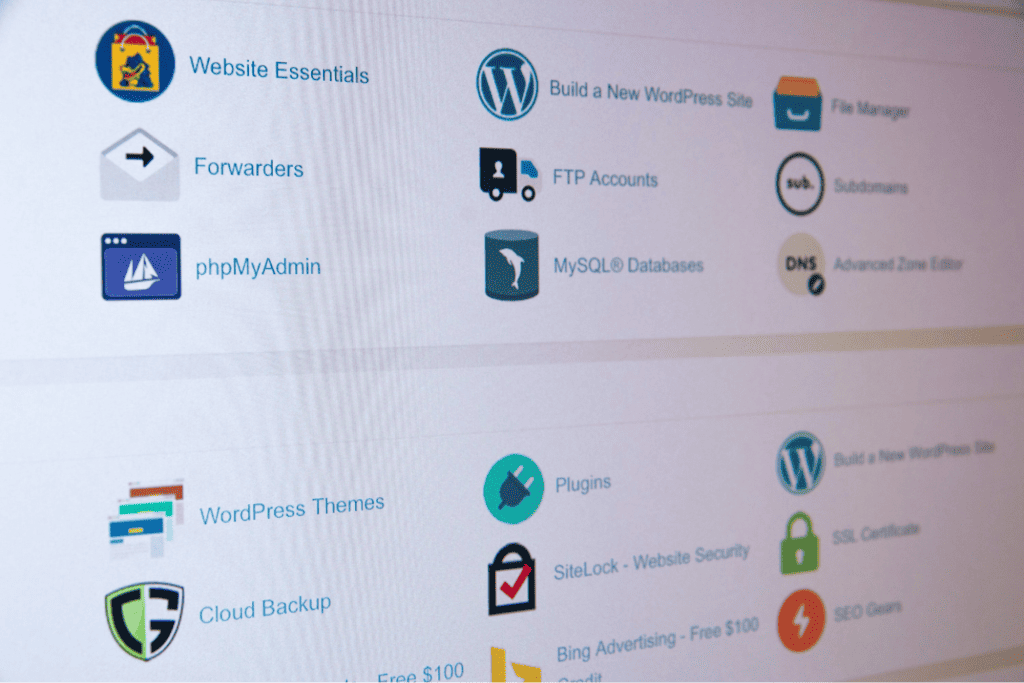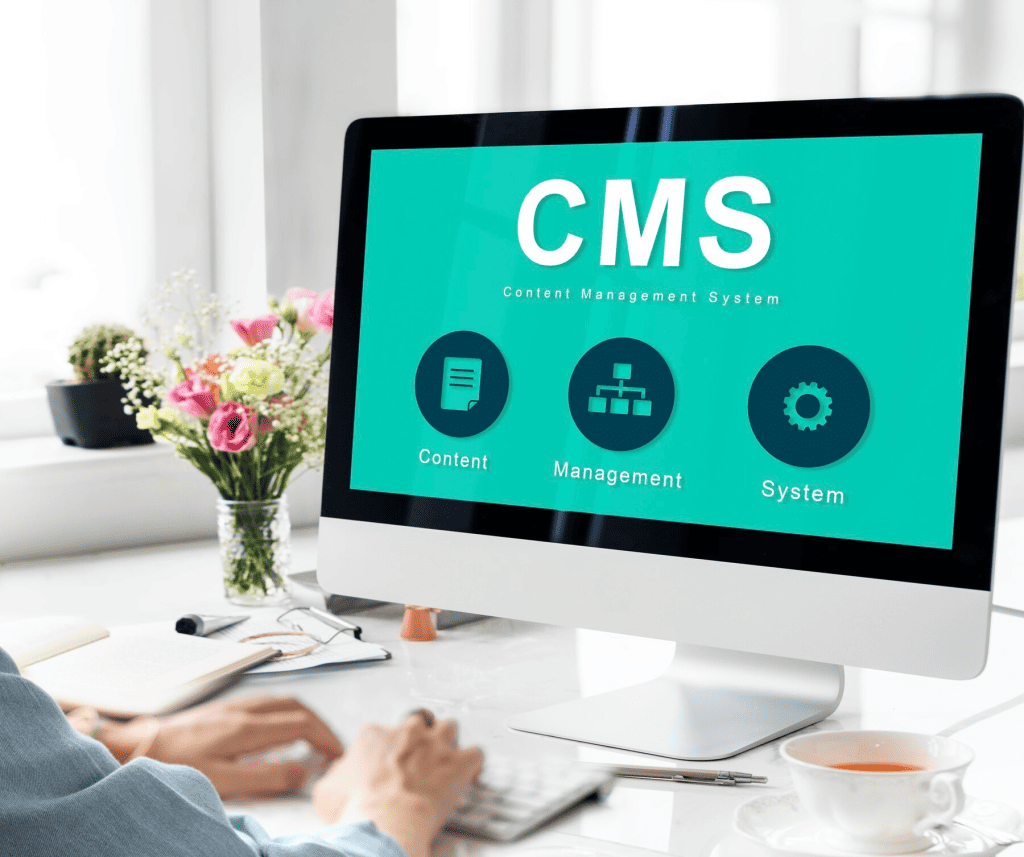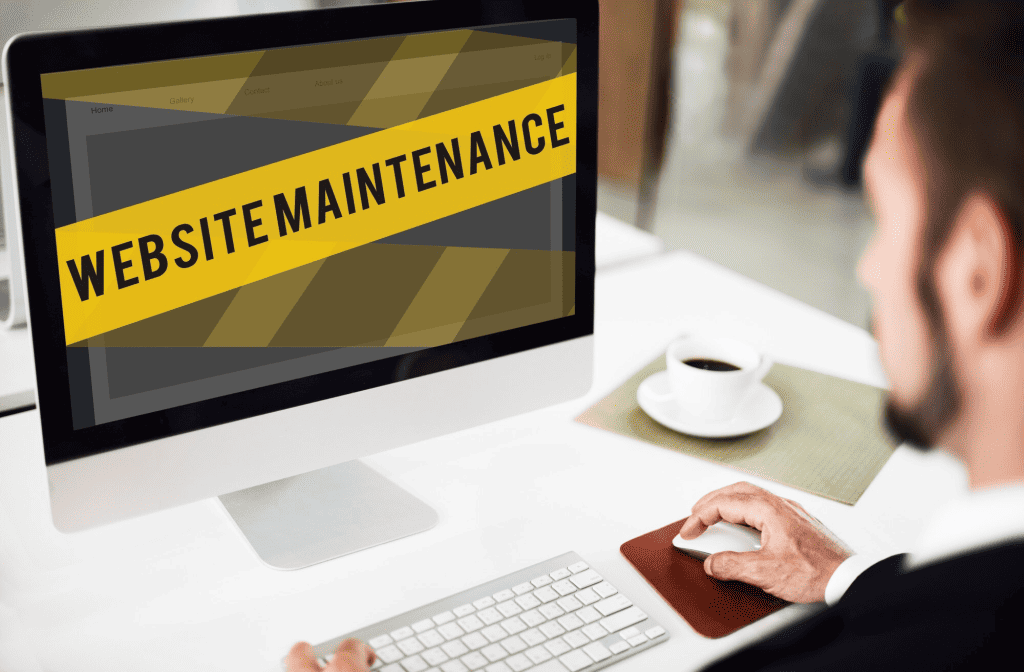Quick Summary
This guide breaks down the costs of building and running an eCommerce website, covering domain, hosting, design, development, content, plugins, and maintenance. If you’re launching a small store or scaling up, understanding these expenses helps you make informed decisions. For more expert insights on web development, visit our blog.
Planning to Launch an eCommerce Store?
Launching an eCommerce store is exciting, but figuring out the cost can feel overwhelming. Do you go with a budget-friendly builder or invest in a custom site? Prices range from a few hundred to tens of thousands, so where should you start?
If you’re a small business, you might get up and running for under $1,000. But if you need custom features, a high-end design, or complex integrations, costs can climb past $50,000. It all depends on your goals.
Understanding what affects pricing can help you plan wisely and avoid unnecessary expenses. In this Clio guide, we’ve broken it down so you know exactly what to expect.
Why Listen to Us?
At Clio Websites, we’ve built eCommerce websites for over a decade, helping over 300 businesses launch and grow their online stores. We specialize in WordPress, Shopify, and custom development, giving us deep insight into eCommerce website costs.
Our experience ensures this guide is practical and accurate, helping you make informed budgeting decisions.

What is an eCommerce Website?
An eCommerce website is a digital platform where businesses and individuals sell products or services online. Instead of a physical store, transactions happen entirely over the internet, from browsing to checkout.
These websites fall into four main categories:
- Business-to-business (B2B): Companies sell products or services to other businesses, e.g. Alibaba.
- Business-to-consumer (B2C): Businesses sell directly to end consumers, e.g., eBay.
- Consumer-to-business (C2B): Individuals offer goods or services to businesses, e.g. Upwork.
- Consumer-to-consumer (C2C): Consumers sell to each other via online marketplaces, e.g., Etsy.

eCommerce websites make shopping more convenient, giving businesses access to a wider customer base while reducing operational costs. They allow for automation, secure payments, inventory management, personalized marketing, and 24/7 sales, making them essential for modern retail and service industries.
What Is the Average Cost of an eCommerce Website?
The cost of building an eCommerce website varies widely, ranging from a few hundred dollars to over $100,000, depending on how you build it. If you’re doing it yourself, your costs will be lower, but if you hire developers or an agency, expect to pay more for professional expertise.
Since every online store is different, there’s no one-size-fits-all price tag. However, these general ranges can help you budget wisely:
- Small store (1–99 products)
- Startup cost: $1,000–$5,000
- Maintenance: $500–$1,000 per year
- Medium-sized store (100–499 products)
- Startup cost: $5,000–$10,000
- Maintenance: $1,000–$2,000 per year
- Large store (500+ products)
- Startup cost: $10,000–$50,000+
- Maintenance: $2,000–$10,000+ per year
These numbers give you a rough idea of what to expect, but your final cost depends on factors like design, custom features, and integrations.
So, what constitutes these costs? Let’s find out.
Costs of Building and Running an eCommerce Website
Every eCommerce website needs essential features to function properly, regardless of size or complexity. These core elements impact both setup and ongoing costs, so understanding them is crucial when planning your budget. They include:
- Domain and Hosting
- Website Design and User Experience
- Website Development
- Content and Content Management
- Plugin and Integrations
- Maintenance
1. Domain and Hosting
Let’s start with the domain and hosting costs.

Domain
The first expense an eCommerce company looking to create a website will make is to get a hosting. Your domain name (e.g. yourstore.com) is your eCommerce brand’s identity. It’s what customers remember when they want to shop from you.
What’s the cost of a domain?
Depending on availability and extension, a typical domain (.com, .store, .net) costs $10 to $50 annually. That said, premium domains (high-value names) can cost hundreds to thousands.
Where to buy domains?
- Registrars: Namecheap, GoDaddy, Google Domains, Bluehost
- Bundled with Hosting: Some hosting providers (like Bluehost and SiteGround) offer free domains for the first year.
Hosting
Once you secure a domain, you’ll need web hosting. This is the server that keeps your site online. Hosting costs vary based on traffic, security, and performance.
What’s the cost of hosting an eCommerce site?
- Shared Hosting: $5–$20/month (best for small businesses).
- VPS/Dedicated Hosting: $20–$500+/month (for high-traffic stores).
- eCommerce-Specific Hosting: Shopify, BigCommerce and other SaaS eCommerce platforms offer hosting as part of their service.
When choosing a hosting provider, look for 24/7 customer support, strong security features like SSL and backups, fast performance, and high uptime.
2. Website Design and User Experience
With your domain and hosting secured, the next step is designing a user-friendly eCommerce store. A well-designed site keeps visitors engaged and simplifies the buying process.
If navigation is confusing or checkout is complicated, shoppers will abandon their carts. A customer-first design ensures seamless browsing, adding to cart, and completing purchases, leading to higher sales.

Here are the key elements of an effective eCommerce website design:
- Graphic Design: Eye-catching visuals, brand consistency, and professional product images.
- User Interface (UI) Design: Intuitive layouts, clear navigation, and a seamless shopping experience.
- User Experience (UX) Optimization: Mobile responsiveness, fast load times, and frictionless checkout.
- Search Engine Optimization (SEO): Clean code, fast performance, and structured content for better rankings.
- Template: Pre-designed layouts, customizable elements, and user-friendly templates for quick and easy store setup.
What is the Cost of an eCommerce Website Design?
- Custom Design: Starts at $1,000+ for a unique, branded experience.
- Pre-Made Templates: A cost-effective alternative at $50–$300.
3. Website Development
Once your design is ready, the next step is website development. This is where your online store comes to life. It involves coding, integrating features, and optimizing performance to ensure a smooth shopping experience.

What is the cost of eCommerce website development?
Your budget and technical skills will determine the best development approach for your business.
Option 1: DIY website builder (most affordable)
A website builder is the most budget-friendly option if you’re comfortable with a hands-on approach. Platforms like Shopify, Wix, and WordPress (WooCommerce) offer drag-and-drop templates, making it easy to design and launch a store without coding:
- Shopify: $39 – $399/month
- Wix: $0 – $500/month
- Squarespace: $16 – $49/month
- BigCommerce: $29 – $299/month
- WordPress (WooCommerce): $10 – $100/month (self-hosted)
Best for: Small businesses, startups, and entrepreneurs on a budget.
Option 2: Hiring a freelancer (moderate cost)
Hiring a freelance developer is a good middle ground if you need a custom design or advanced features. Freelancers can build, modify, or optimize your website for better performance.
You can find skilled developers on platforms like Upwork, Fiverr, and Toptal. Costs vary based on experience but are usually within $20 to $300 per hour.
Best for: Businesses needing custom features without the expense of a full agency.
Option 3: Hiring a web development agency (high-end investment)
An agency provides a full-service solution for businesses with large product catalogues (100+ SKUs), multi-channel selling, or complex integrations. Agencies offer web design, development, maintenance, and troubleshooting.
- Small agencies: $10,000 – $50,000+ per project
- Enterprise-level agencies: $50,000 – $200,000+
At Clio Websites, we offer a comprehensive eCommerce website development solution that helps you create your online store from scratch. No matter if you’re just starting out or already have a store that needs an upgrade, we are here to help.
4. Plugins and Integrations
Plugins and integrations enhance your eCommerce store, adding essential features like payment gateways, SEO tools, and customer support. While some platforms include built-in features, many businesses require additional plugins to optimize their store.

Essential eCommerce Plugins
Every online store relies on core tools for smooth operations, including:
- Payment Gateways: Stripe, PayPal, or Square ($0–$30/month + transaction fees)
- SEO Plugins: Yoast SEO (WooCommerce) or Smart SEO (Shopify) ($0–$99/year)
- Shipping and Fulfillment: ShipStation, Easyship, or Shopify Shipping ($9–$99/month)
- Security Plugins: Wordfence or Rewind Backups ($0–$50/month)
For example, WooCommerce users often install Stripe for payments and Yoast SEO, while Shopify stores may use Klaviyo for email marketing.
Advanced Integrations
Growing eCommerce businesses often require specialized tools for automation, analytics, and customer management, including:
- Marketing Automation: Klaviyo, Omnisend ($20–$500/month)
- Inventory and ERP systems: TradeGecko, Zoho Inventory ($39–$500+/month)
- Customer Support: Zendesk, Tidio ($15–$300/month)
- Multi-channel Selling: Sellbrite for Amazon, eBay ($0–$50+/month)
While some plugins are free, premium features require monthly fees. Choosing the right tools boosts efficiency and improves user experience.
5. Content and Content Management
Content plays an important role in an eCommerce website’s success. Well written product descriptions, engaging landing pages, and persuasive call-to-actions (CTAs) can significantly impact conversions. Excellent copy doesn’t just inform; it builds trust, enhances SEO, and drives sales.

Essential content for eCommerce includes:
- Product Descriptions: Highlight benefits, features, and unique selling points.
- Homepage and About Page: Tell your brand story and build customer trust.
- Category and Landing Pages: Optimized for SEO to attract organic traffic.
- Blog and Guides: Educate customers, improve search rankings, and drive engagement.
- FAQs and Policy Pages: Clear, well-organized return, shipping, and privacy policies not only provide essential information to customers but also help build trust and credibility.
Managing content efficiently requires a Content Management System (CMS), which allows business owners to create, edit, and publish content without coding skills. There are two options here:
- Hosted CMS: Cloud-based, fully managed (e.g., Shopify, BigCommerce).
- Self-Hosted CMS: Requires manual setup and maintenance (e.g., WooCommerce, Magento).
What is the content and content management cost for eCommerce websites?
- DIY Copywriting – $0 (if you write it yourself).
- Freelance Writers – $25–$500 per page (depending on expertise).
- Professional Copywriting Agencies – $1,000+ for full-site content.
- CMS Costs
- Shopify & BigCommerce: Included in subscription ($29–$299/month).
- Advanced CMS (Shopify Plus, Magento Commerce): Starts at $2,000/month for enterprise-level features.
6. Website Maintenance
Maintaining an eCommerce website is needed for security, performance, and user experience. Regular updates help prevent security vulnerabilities, ensure fast loading speeds, and keep everything running smoothly.

Key maintenance tasks for eCommerce websites include:
- Hosting and Domain Renewal: $10–$500/month (depends on hosting type)
- Security Updates and SSL renewal: $50–$500/year
- Software and Plugin Updates: $0–$500/month (if hiring a developer)
- Bug Fixes and Troubleshooting: $50–$200/hour (for urgent issues)
- Performance Optimization: $500–$5,000/year (for speed & SEO improvements)
What is the Cost of eCommerce Website Maintenance?
- DIY Maintenance: $0 (time-intensive but cost-free).
- Basic Maintenance Plans: $50–$200/month (hosting providers or freelancers).
- Comprehensive Maintenance Services: $500–$5,000+/month (for larger stores requiring ongoing development and security support).
eCommerce Website Costs Summarized
This table summarizes the eCommerce website costs we’ve discussed in this guide:
| Category | Cost Range | Key Cost Factors | Description |
| Domain and Hosting | $10–$500+/year | Domain ($10–$50/year), Hosting ($5–$500+/month) | Covers domain registration and web hosting, essential for making your site accessible online. |
| Website Design and UX | $50–$10,000+ (one-time) | Templates ($50–$300), Custom design ($1,000+) | Ensures a visually appealing, user-friendly store with seamless navigation and optimized layouts. |
| Website Development | $0–$200,000+ | DIY ($0–$500/month), Freelancers ($20–$300/hour), Agencies ($10,000+) | Involves coding, platform setup, and integrations to bring the eCommerce site to life. |
| Content & Content Management | $0–$2,000+/month | DIY ($0), Freelance writers ($50–$500/page), CMS costs ($29–$2,000+/month) | Manages product descriptions, blogs, and pages, ensuring engaging content and SEO optimization. |
| Plugins and Integrations | $0–$500+/month | Free & premium plugins ($0–$500+/month) for payments, SEO, marketing, etc. | Enhances store functionality with payment gateways, SEO tools, and marketing integrations. |
| Website Maintenance | $0–$5,000+/month | Security updates, hosting renewal, bug fixes, performance optimization | Regular updates, security patches, and performance improvements to keep the site running smoothly. |
Best Practices for Minimizing eCommerce Website Costs
Minimizing eCommerce website costs is essential for maximizing profitability. Implement the following strategies to optimize your budget:
- Develop a Clear Plan: Outline your website’s goals and required features to avoid unnecessary expenses during development.
- Start with a Minimum Viable Product (MVP): Launch with core functionalities to reduce initial costs and allow for future enhancements based on user feedback.
- Utilize Pre-Designed Templates: Leverage existing website templates to save on custom design expenses while maintaining a professional appearance.
- Conduct Early User Acceptance Testing (UAT): Identify and address usability issues before launch to prevent costly post-launch fixes.
- Hire an Expert: Partnering with a professional agency can simplify development and maintenance processes. At Clio Websites, we help new and existing store owners build and upgrade their eCommerce websites from scratch with a cost-effective and efficient approach.
Build and Maintain Your eCommerce Website with Clio Websites
Building and maintaining an eCommerce website involves various costs, from domain registration and design to development, content management, and maintenance. To get it right, working with an expert can make all the difference.
At Clio, we specialize in high-performance eCommerce solutions tailored to your needs. Whether you need a custom website, optimization, or ongoing support, our team ensures a seamless, cost-effective experience.
Ready to build your eCommerce store or optimize an existing store? Get in touch now!


